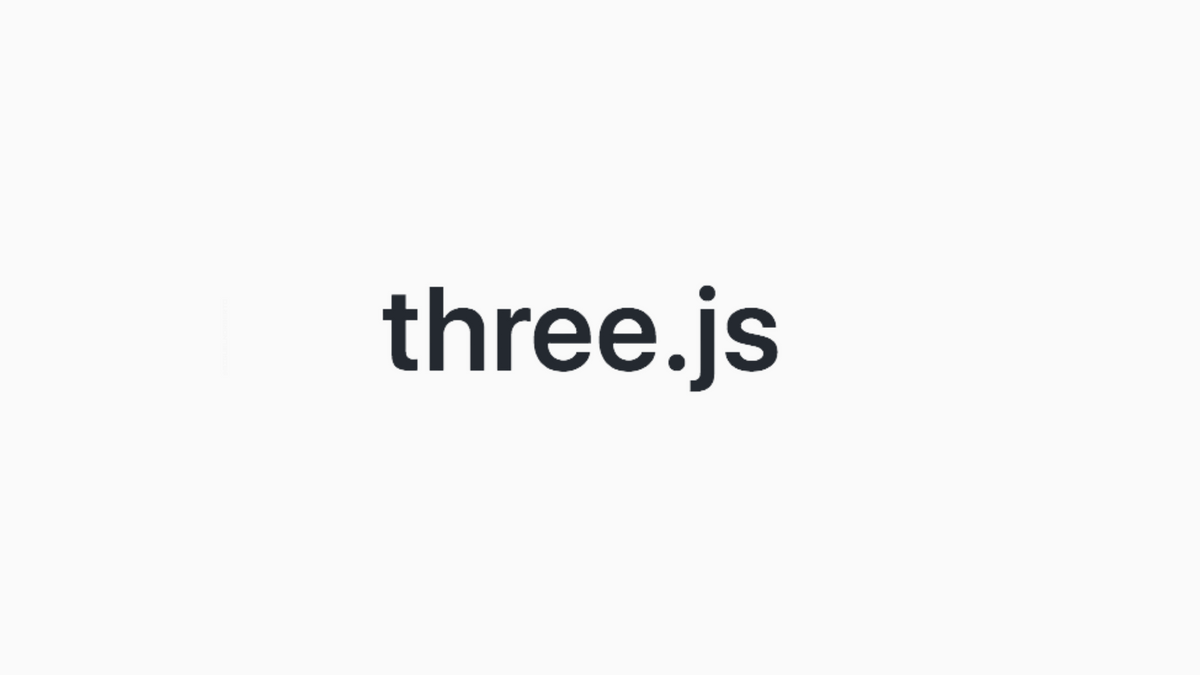Three.JS Explained

When it comes to 3D graphics and animation, three.JS is one of the most popular frameworks for web development.
It allows developers to create and render 3D graphics without learning complex programming languages such as C++ or OpenGL. In this article, we will explore the basics of three.JS so that you can start creating your 3D graphics and animations.
WebGL is a robust API that allows you to create 3D and 2D graphics in the browser. It’s been around for a few years now, but it’s only recently that browsers have started to support it properly. With WebGL, you can create games, animations, and even entire websites in 3D.
However, learning WebGL can be a little daunting at first. This is because there are a lot of concepts to learn and a lot of code to write.
Three.JS is a library for rendering 3D graphics in the browser. It uses WebGL, a standard that allows browsers to render 3D graphics using hardware acceleration. Three.JS makes it easy to create 3D scenes and animations, and it comes with a variety of built-in modules that you can use to create complex effects. Introduction: what is three.JS, and what does it do?
Three.js is a library for rendering 3D graphics in the browser using Javascript. It provides an easy-to-use API for creating basic 3D shapes, textures, lighting, and cameras, and it can be used to create complex 3D scenes.
Three.js also includes support for physics simulation so that you can create realistic 3D worlds.
The basics
Scene setup in three.js is done in the creative scene() function. This function takes two arguments: the scene’s width and height. In the following example, a scene with a width of 640 pixels and a height of 480 pixels is created:
var scene = new THREE . Scene ();
The second argument is for the objects placed in the scene. These objects are created using THREE.BoxGeometry object. A BoxGeometry object takes six arguments: width, height, depth, radius, yRadius, and zRadius. The following code creates a cube with a width of 5 pixels, a height of 5 pixels, and a depth of 10 pixels:
var box = new THREE .
Advanced features
Textures, lighting and cameras are all important aspects of 3D graphics. Three.js makes it easy to add these features to your scenes.
Textures can be used to add realism to your objects. For example, you can specify a texture for each face of an object, or you can use a single texture for all the faces.
Lighting can be used to create realistic shadows and highlights. There are several different types of lights that you can use in your scenes.
Cameras allow you to control the view of your scene. For example, you can specify the camera’s position, orientation, and zoom level.
Working with data
When working with data in three.js, you have a few options for loading files and creating animations. One way is to use the load() function to load a JSON file into your scene. This function takes two parameters: the filename of the file to load and an optional object that specifies additional options.
The second way to work with data is to create an animation using the createAnimation() function. This function takes two parameters: an array of objects that define each animation frame and an optional object that specifies additional options.
Final Thought
Three.JS is a powerful 3D library growing in popularity. It has many features that make it easy to use for beginners and experts. With its growing popularity, there will be many more developments in the future.
If you are interested in learning 3D programming or are just looking for a powerful 3D library, three.JS is a great option.